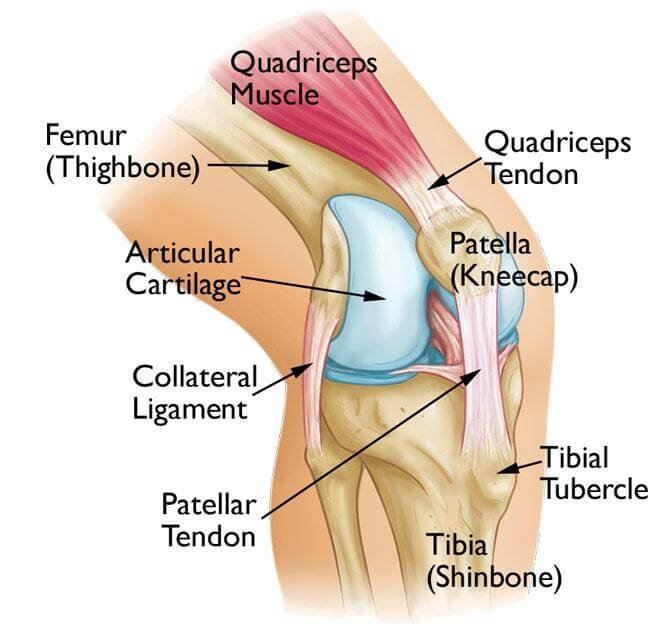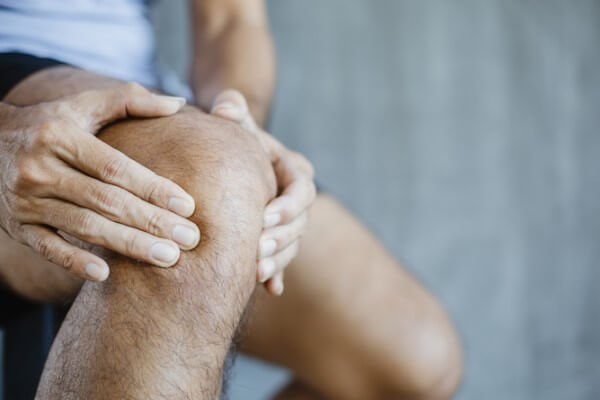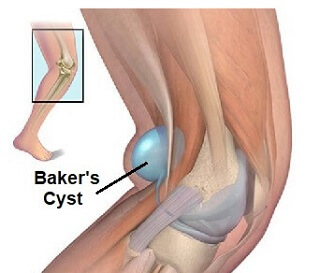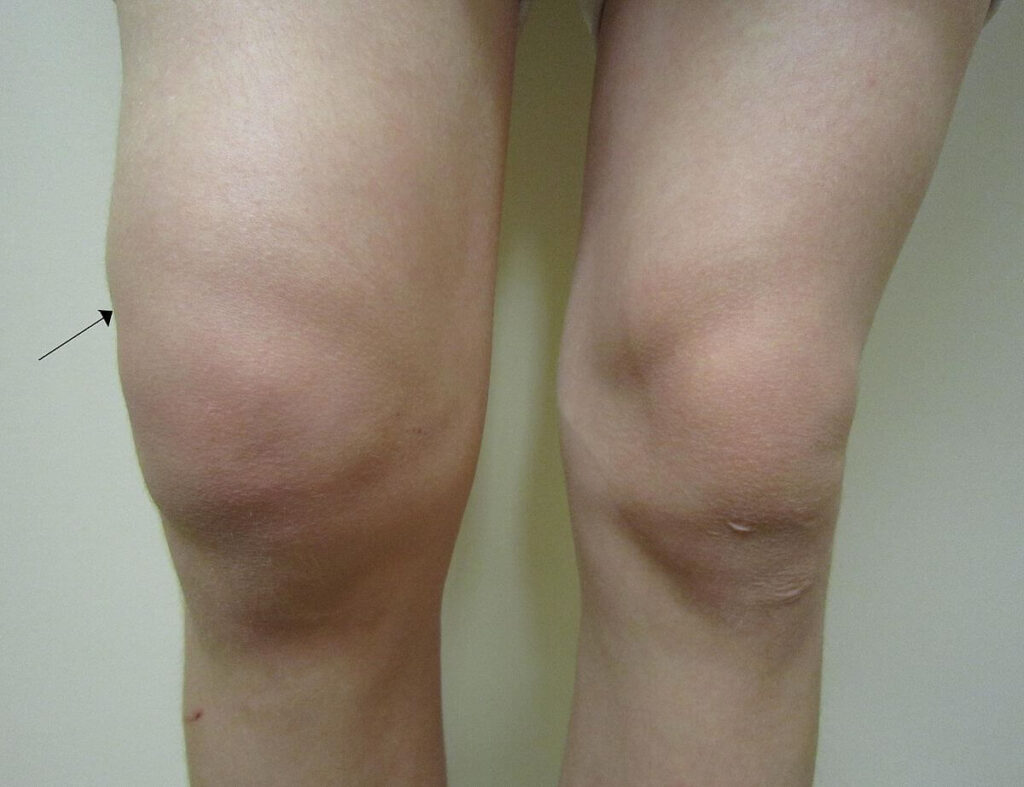Pain is a common experience for many people, whether it’s from an injury, chronic condition, or simply the aches and pains of daily life. In search of relief, many turn to pain relief patches, but are they really effective? In this article, we’ll explore the effectiveness of pain relief patches and how they can provide relief for various types of pain.
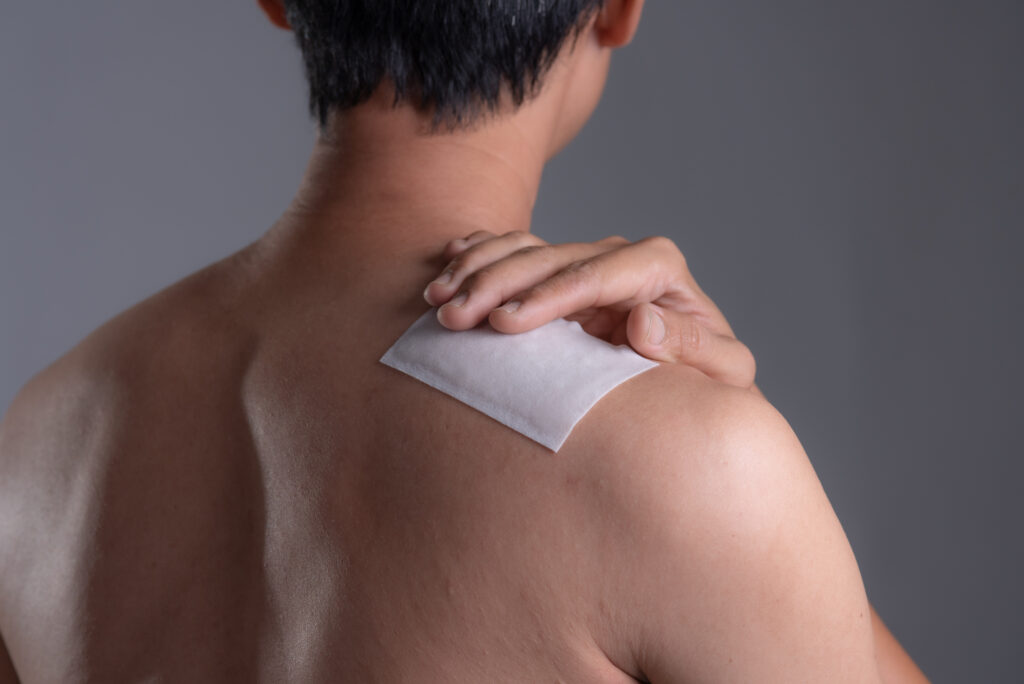
What Are Pain Relief Patches?
Pain relief patches are topical treatments that are applied directly to the skin to provide relief for pain and discomfort. They typically contain active ingredients such as menthol, lidocaine, or capsaicin, which work to numb the pain or reduce inflammation.
Types of Pain Relief Patches
There are various types of pain relief patches available on the market, each with its own unique benefits and targeted areas of pain relief. Some common types of pain relief patches include:
- Knee patches: These patches are specifically designed to provide relief for knee pain, often caused by conditions such as arthritis or injury.
- Back patches: Back pain is a common complaint, and back patches are designed to provide relief for this type of pain.
- Neck and shoulder patches: These patches are targeted towards relieving pain in the neck and shoulder area, which can be caused by poor posture, tension, or injury.
How Do Pain Relief Patches Work?
Pain relief patches work by delivering active ingredients directly to the affected area through the skin. The active ingredients then work to reduce pain and inflammation, providing relief for the user.
Menthol Patches
Menthol patches work by stimulating the nerve endings in the skin, which creates a cooling sensation that helps to numb the pain. They are often used for muscle and joint pain, such as back pain or knee pain.
Lidocaine Patches
Lidocaine patches work by blocking the nerve signals that transmit pain to the brain. They are often used for localized pain, such as back pain or pain from shingles.
Capsaicin Patches
Capsaicin patches work by reducing the amount of substance P, a chemical that transmits pain signals to the brain. They are often used for conditions such as arthritis or nerve pain.
Are Pain Relief Patches Effective?
The effectiveness of pain relief patches can vary depending on the type of pain and the individual using them. However, many studies have shown that pain relief patches can be an effective form of pain relief.
Recommended: Pain Relief Medica Patches
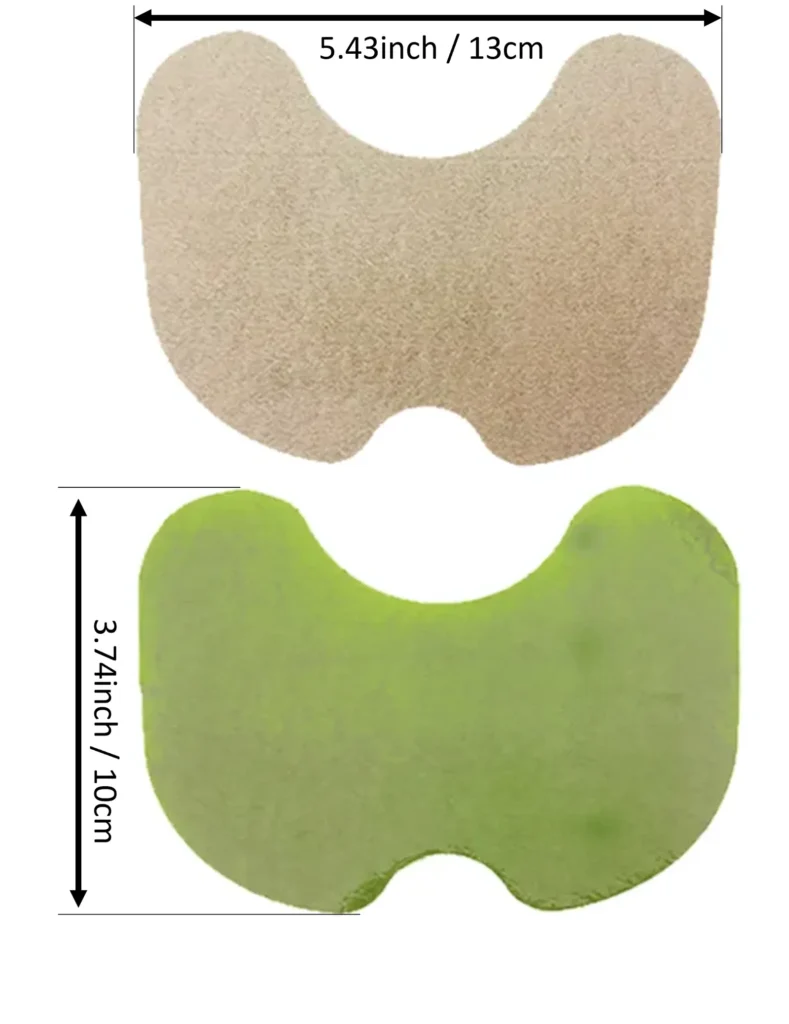
If you’re looking for a versatile and effective solution for pain relief, Pain Relief Medica patches are an excellent option. These patches are designed to fit perfectly on various body areas, including the neck, back, knees, shoulders, hands, and more, with a size of 3.74 inches (10 cm) in width and 5.43 inches (13 cm) in height.
One of the standout features of Pain Relief Medica is its patented technology, which is 100% organic and drug-free. The patch works by intervening in the body’s pain cycle, absorbing excess electrical noise at the pain site, and allowing the natural electrical signals to flow clearly. This results in almost immediate pain reduction, helping you get back to enjoying life.
These patches are clinically tested for effectiveness in reducing muscle, nerve, and joint pain. They stay securely attached for up to 12 hours, providing long-lasting relief without any side effects. With specific designs for back, knee, and neck pain, and their ability to be used on other areas like the shoulders, ankles, and hands, Pain Relief Medica offers a comprehensive solution for various pain issues.
Moreover, the company stands behind its product with a 1-year warranty and a 120-day money-back guarantee, making it a risk-free option for those seeking reliable pain relief. Whether you’re dealing with chronic pain or occasional discomfort, Pain Relief Medica patches are a great addition to your pain management routine.
Knee Pain Relief
A study published in the Journal of Pain Research found that knee patches containing menthol and camphor were effective in reducing pain and improving function in patients with knee osteoarthritis. Another study published in the Journal of Alternative and Complementary Medicine found that capsaicin patches were effective in reducing pain and improving function in patients with knee osteoarthritis.
Back Pain Relief
A study published in the Journal of Pain and Symptom Management found that lidocaine patches were effective in reducing pain and improving function in patients with chronic low back pain. Another study published in the Journal of Pain Research found that menthol patches were effective in reducing pain and improving function in patients with chronic low back pain.
Neck and Shoulder Pain Relief
A study published in the Journal of Pain Research found that menthol patches were effective in reducing pain and improving function in patients with neck and shoulder pain. Another study published in the Journal of Alternative and Complementary Medicine found that capsaicin patches were effective in reducing pain and improving function in patients with neck and shoulder pain.
Advantages of Pain Relief Patches
Pain relief patches offer several advantages over other forms of pain relief, such as oral medications or topical creams.
Targeted Relief
Pain relief patches are applied directly to the affected area, providing targeted relief for the specific area of pain. This can be especially beneficial for localized pain, such as knee pain or back pain.
Non-Invasive
Unlike injections or surgeries, pain relief patches are non-invasive and do not require any medical procedures. This makes them a safer and more convenient option for pain relief.
Long-Lasting Relief
Pain relief patches can provide relief for several hours, depending on the type and strength of the patch. This means that users can go about their daily activities without having to constantly reapply the patch.
How to Use Pain Relief Patches
To get the most out of pain relief patches, it’s important to use them correctly. Here are some tips for using pain relief patches effectively:
- Clean the area: Before applying the patch, make sure to clean the area with soap and water to remove any dirt or oils.
- Dry the area: Make sure the area is completely dry before applying the patch.
- Apply to clean, dry skin: Pain relief patches should be applied directly to clean, dry skin. Avoid applying them over cuts, wounds, or irritated skin.
- Follow instructions: Be sure to read and follow the instructions on the package carefully. Some patches may need to be removed after a certain amount of time, while others can be left on for longer periods.
- Avoid using multiple patches at once: Using multiple patches at once can increase the risk of side effects and may not provide additional relief.
- Remove the patch carefully: When removing the patch, be sure to do so slowly and carefully to avoid irritating the skin.
Potential Side Effects of Pain Relief Patches
While pain relief patches are generally safe and well-tolerated, they may cause some side effects in some individuals. These can include:
- Skin irritation: Some individuals may experience skin irritation or redness at the site of the patch.
- Allergic reactions: Some individuals may be allergic to the ingredients in the patch, which can cause itching, swelling, or difficulty breathing.
- Numbness or tingling: Some individuals may experience numbness or tingling at the site of the patch.
- Headaches: In rare cases, pain relief patches may cause headaches or dizziness.
If you experience any of these side effects, it’s important to stop using the patch and consult with a healthcare professional.
Conclusion
Pain relief patches can be an effective form of pain relief for various types of pain, including knee pain, back pain, and neck and shoulder pain. They offer targeted relief, are non-invasive, and can provide long-lasting relief. However, it’s important to use them correctly and be aware of potential side effects. If you’re experiencing chronic or severe pain, it’s always best to consult with a healthcare professional for proper diagnosis and treatment.

